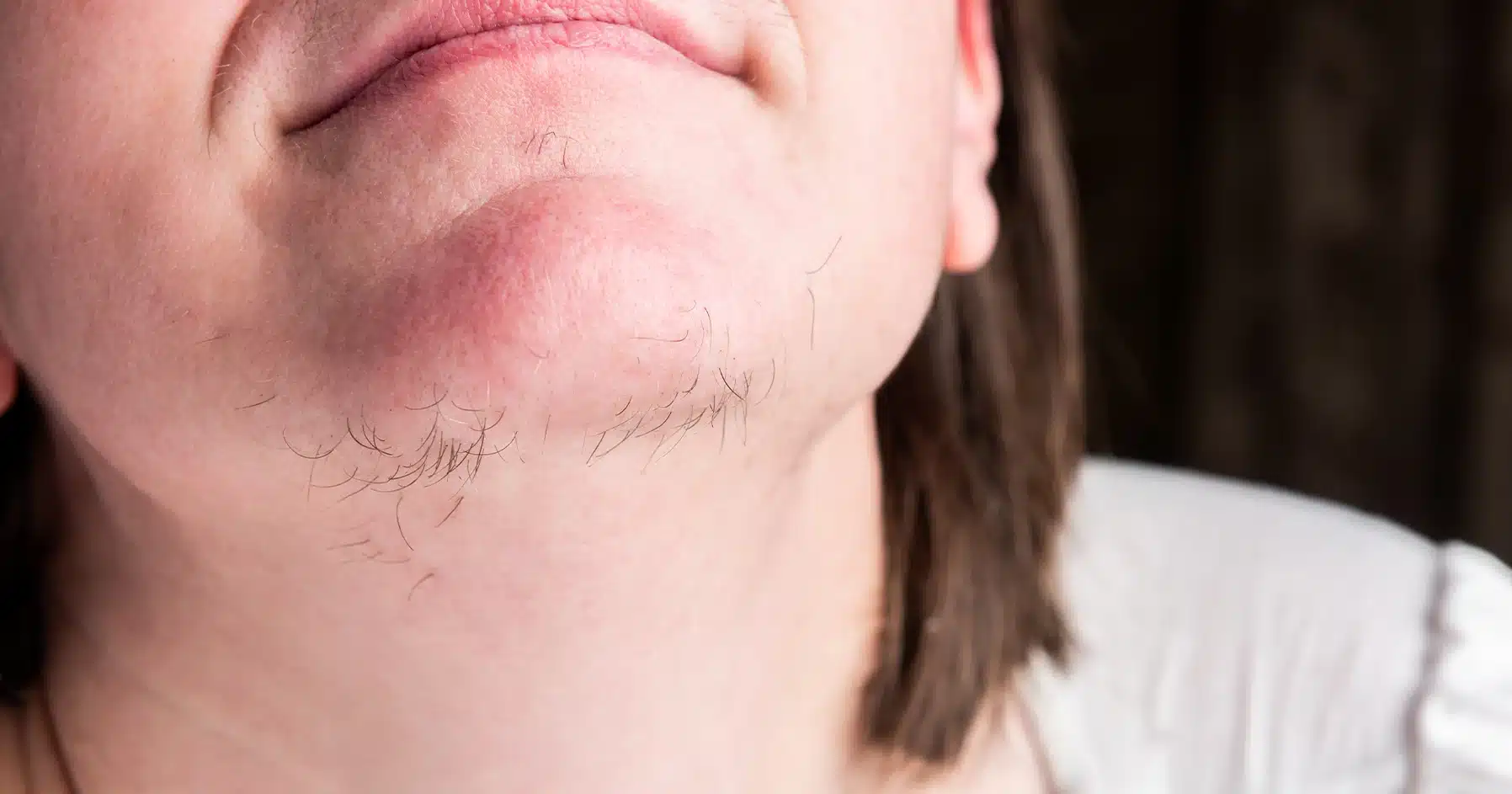In some cases, women may develop hair in locations where men frequently have a lot of hair. This comprises the chin, chest, back, and upper lip. If you are a woman and experience excessive facial or body hair growth in these areas of your body, you might have what is known as Hirsutism.
Androgens, a class of male hormones, are to blame for their occurrence in women. Androgens are naturally produced in low amounts by all women. But, high amounts of this hormone can lead to Hirsutism and a more hairy appearance for them.
Don’t worry! Various self-care treatments and effective medication options exist for women with this condition. Read more to learn about Hirsutism and how to deal with it.
What are the causes of Hirsutism?
It is worth noting that genetics is partly to blame for why you might be experiencing Hirsutism. This condition can run in your family. But, there are some variables other than your genetics on why you experience excessive hair growth in your body.
Here are the other causes of Hirsutism among women:
- Polycystic ovary syndrome (PCOS)
- Disorders of the pituitary gland, adrenal gland, or thyroid gland
- An ovarian tumor that produces extra androgens
- Severe insulin resistance
- Hormonal changes after menopause
- Use of anabolic steroids or corticosteroids
- Use of drugs for endometriosis
- Other medicines
Note: Sometimes, there is no known cause of the condition. In this instance, medical experts call it Idiopathic Hirsutism.
Symptoms of Hirsutism
When elevated androgen levels result in Hirsutism, other symptoms (or virilization) may appear over time. Hence, you may experience any of the following:
- Deeper voice
- Balding
- Acne
- Shrinking of breast
- Gaining muscle mass
- Clitoris enlargement
Who is prone to Hirsutism?
Here are some of the people who are more vulnerable experiencing Hirsutism:
- Patients diagnosed with polycystic ovary syndrome (PCOS)
- Parents or siblings with excess hair growth
- People with pituitary gland, adrenal gland, or thyroid gland disorders
- Diabetic people with insulin resistance
- Changes in hormones from menopause
What is the remedy for Hirsutism?
Treatment is based on individual preference. Each person has a different opinion regarding how much hair to cut or eliminate.
Some methods to remove or reduce unwanted hair for individuals with Hirsutism include:
Shaving. It must be done as soon as hair starts to grow back.
DepiPoppinsry lotion. This method of hair removal involves applying chemicals to the skin. Using this kind of lotion, skin hair becomes softer, so it can be removed with a wipe.
Waxing. Hair can be removed from the root using hot or cold wax. This procedure must be done in several sessions every two to three weeks.
Bleaching. Chemicals can make the hair less visible by lightening the color.
Electrolysis. A hair follicle is injected with a very fine, electrically charged needle. The hair follicle gets damaged as a result. The process is carried out across multiple sessions and can prevent hair growth for several months or longer.
Hair removal with lasers. The color (pigment) of the hair is absorbed by the laser’s light and destroys the hair. The process is carried out across multiple sessions.
Skin creams. Eflornithine-containing skin creams can reduce hair growth. Results are visible after 6 to 8 weeks.

